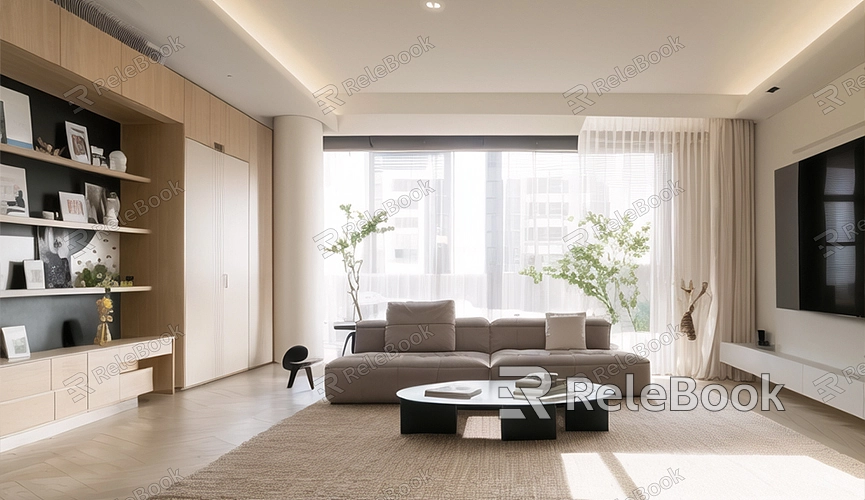How to add 3rd party render engine in blender 2.8
Blender 2.8, as an open-source 3D modeling software, offers many powerful features. While its built-in render engines are excellent, there are times when we might need third-party render engines to achieve better results or faster render speeds. How do you add and use a third-party render engine in Blender 2.8? This article will guide you through the process.
Why Choose a Third-Party Render Engine?
Blender comes with two default render engines: Eevee and Cycles. Eevee is a real-time render engine suitable for quick previews and simple animations, while Cycles is a physically-based path tracing engine ideal for high-quality stills and animations. However, third-party render engines like LuxCoreRender, OctaneRender, and Redshift might offer better performance and effects for specific use cases. Thus, choosing the right render engine based on your project needs is crucial.

Preparation
Before starting, ensure you have Blender 2.8 installed and have downloaded the third-party render engine you intend to use. Also, make sure these render engine plugins are compatible with Blender 2.8.
Installing the Third-Party Render Engine Plugin
1. Download the Plugin: First, download the corresponding Blender plugin from the third-party render engine's official website. For example, you can download Blender plugins from the official sites of LuxCoreRender, OctaneRender, or Redshift.
2. Install the Plugin:
- Open Blender 2.8 and click on “Edit” > “Preferences” in the top menu.
- In the pop-up window, select the “Add-ons” tab on the left.
- Click the “Install” button in the upper right corner, select the downloaded plugin file (usually a .zip file), and click “Install Add-on”.
3. Enable the Plugin:
- After the plugin is installed, find the corresponding plugin in the add-ons list (e.g., “LuxCoreRender”).
- Check the box next to the plugin to enable it.
- Click “Save Preferences” to ensure the plugin loads automatically the next time you start Blender.
Configuring the Third-Party Render Engine
1. Select the Render Engine:
- After installing and enabling the plugin, return to the Blender main interface.
- Click the “Render” tab in the top menu and choose the third-party render engine you just installed (e.g., “LuxCoreRender”) from the drop-down menu.
2. Set Render Parameters:
- In the right-hand “Properties” panel, select the “Render” tab.
- Adjust the render engine settings based on your project needs, such as ray tracing depth, sampling count, and lighting models.
3. Materials and Textures:
- When using a third-party render engine, you might need to readjust the materials and texture settings to ensure the render results meet your expectations.
- Import high-quality 3D textures and HDRIs to enhance the rendering effect. If you need many high-quality 3D textures and HDRIs or want to download 3D models, you can download them from Relebook. After downloading, you can directly import the textures and 3D models into your project.
Render Testing
1. Test Rendering:
- After setting the render parameters, you can perform a test render.
- Select an appropriate angle in the “View” window, then click “Render” > “Render Image” in the top menu to start a test render.
2. Adjust and Optimize:
- Based on the test render results, adjust the render settings and material parameters.
- Repeat testing and adjusting until you achieve satisfactory results.
Saving and Exporting
1. Save the Rendered Result:
- Once rendering is complete, click “Image” > “Save As” in the top menu, choose the save path and file format, and save the render result to your local disk.
2. Export Settings:
- If you need to export render settings and scenes for use in other projects, click “File” > “Export” in the top menu and choose the appropriate file format for export.
By following the steps above, you can successfully add and use a third-party render engine in Blender 2.8. I hope this article helps you better master Blender and supports your 3D modeling and rendering projects. If you need many high-quality 3D textures and HDRIs or want to download 3D models for creating models and virtual scenes, you can download them from Relebook. After downloading, you can directly import the textures and 3D models into your project.

